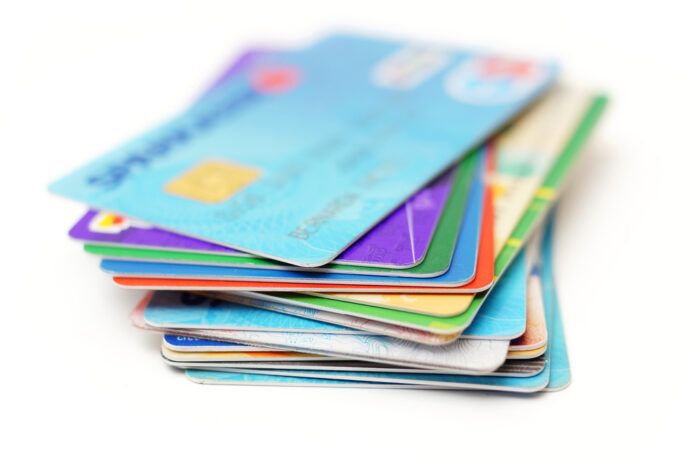Borrowers with a poor credit score could pay an extra £2,668 in interest charges compared to someone with a better rating, research finds.
This is because you’d be paying a much higher APR rate of 69.9% on a ‘sub-prime’ £3,000 loan from Bamboo, missing out on a ‘prime’ account of 9.9% APR, offered by M&S Bank.
Those with a ‘near prime’ credit rating could expect a 36.3% APR from Vanquis – £1,208 more each month than someone with a ‘prime’ rating.
For loans worth £5,000 and £10,000, the interest charges skyrocket to an extra £4,663 and £9,542 respectively over the three-year term for an account holder with a ‘sub-prime’ rating.
Dealing with a poor credit score is an issue affecting up to 20.2 million adults in the UK who are considered to be ‘financially underserved’, research from TotallyMoney finds.
The number of borrowers in that economic position has led to almost a third (31%) of personal loan applicants seeing their application rejected over the last two years.
Data from the FCA shows 5.6 million adults in 2022 missed a payment for a bill or credit commitment, which would leave an adverse impact on their credit score.
While a separate StepChange found a third of renters in the last year have used their credit card to cover rent, also damaging their credit rating in the process.
‘Government support is poor at best’
Despite the base rate being held this month, after 14 months of consecutive hikes, families have been struggling to cope with their monthly outgoings.
Alastair Douglas, CEO of TotallyMoney said: “Keeping up with the cost of living is proving very difficult for millions, and many are turning to credit to make ends meet. However, not everyone has a perfect credit score, so for those classified as near prime and sub-prime, this means paying more to borrow the same amount of money.
“Missed payments, using more than 25% of your credit limit, or simply not being registered to vote can all impact somebody’s credit score. And with most banks still using credit report data to assess a customer’s ability to repay money, millions are finding most mainstream providers are out of reach.
He added: “Government support is poor at best, and the financial services industry needs to move with the times, and fast. Credit report data is stuck in the past century, and more lenders need to be ready to connect to a customer’s open banking data. This will provide banks with better insights to make more accurate affordability decisions, resulting in improved outcomes for customers.”
Here are seven tips from the comparison site on how to avoid damaging your credit score.
Tips to avoid a negative credit rating
- Check your credit report
It’s free to do, and you’ll get to see all the information banks use when choosing who to lend money to. If you spot something that doesn’t look right, you can raise a dispute, and our data shows that those who check their report have a better score. - Consider all your options
If you want to borrow a relatively small amount, it might be cheaper to use a 0% purchase card. Another option could be a secured loan, as these can sometimes let you borrow more money, at a lower interest rate — but missing payments on these could lead to your home or car being repossessed, so there’s more at risk. - Do your calculations
When comparing different offers, do your calculations to make sure you’re getting the best product for your own personal circumstances. Higher rates don’t always mean worse offers, as you might be repaying the money over a different length of time, while some credit cards might offer a higher interest rate, but also a 0% introductory rate. - Shop around
When it comes to finances, loyalty doesn’t pay. So always do your research on what else is out there, so you can find the best offer for your own personal needs. - Check your eligibility
When shopping around, make sure you use an eligibility checker. This will show your chances of acceptance, before you apply, so you can apply with confidence and avoid credit rejection. - Get the guarantees
Different firms will have a different name for this but look out for lenders which are offering guaranteed limits and rates. That way you’ll know exactly what you’re applying for, and how much it’s going to cost you. - Read the small print
Different lenders will have different terms and conditions, and these can even vary between offers. So, make sure you do your homework and stay a step ahead of the banks. Some might charge you more for repaying your loan early and it’s likely you’ll incur fees for any missed payments.
For more information, visit Capital Bean

